When it comes to maintaining a healthy diet, one nutrient often takes center stage: fiber. While it may not have the glamour of other nutrients like protein or antioxidants, fiber plays a crucial role in supporting your overall health and well-being. Let’s dive into the science behind fiber, exploring its functions in the body and why it's an essential component of a balanced diet.
What is Fiber?
Fiber is a type of carbohydrate found in plant-based foods, such as fruits, vegetables, whole grains, legumes, and nuts. Unlike other carbohydrates, fiber cannot be digested by the body's enzymes. Instead, it passes through the digestive system relatively intact, providing a range of health benefits along the way.
Types of Fiber
There are two primary types of dietary fiber:
Soluble Fiber
This type of fiber dissolves in water to form a gel-like substance. It can help lower cholesterol levels and stabilize blood sugar by slowing the absorption of sugar into the bloodstream. Foods rich in soluble fiber include oats, beans, apples, and citrus fruits.
Insoluble Fiber
Insoluble fiber does not dissolve in water and adds bulk to stool, aiding in regular bowel movements. It's known for preventing constipation and promoting digestive health. Whole wheat, vegetables, and nuts are good sources of insoluble fiber.
The Crucial Role of Fiber
1. Digestive Health
Fiber acts as a natural laxative, promoting regular bowel movements and preventing constipation. It adds bulk to your stool, which can help prevent digestive issues and maintain a healthy gut.
2. Blood Sugar Control
Soluble fiber slows down the absorption of sugar, helping to stabilize blood sugar levels. This can be particularly beneficial for individuals with diabetes or those at risk of developing the condition.
3. Heart Health
Fiber-rich diets have been associated with a reduced risk of heart disease. Soluble fiber can help lower LDL (bad) cholesterol levels, contributing to a healthier cardiovascular system.
4. Weight Management
Fiber-rich foods tend to be filling and can help you feel satisfied for longer periods, reducing overall calorie intake. This can support weight management and healthy eating habits.
5. Colon Health
Adequate fiber intake is linked to a lower risk of colorectal cancer. Insoluble fiber, in particular, promotes regular and healthy bowel movements, reducing the time potential carcinogens stay in the colon.
How to Increase Your Fiber Intake
Choose Whole Grains
Opt for whole grain bread, pasta, and cereals instead of their refined counterparts.
Load Up on Fruits and Vegetables
Aim to fill half your plate with vegetables and fruits at every meal.
Snack on Nuts and Seeds
Almonds, chia seeds, and flaxseeds are excellent sources of fiber for snacking.
Add Legumes
Incorporate beans, lentils, and peas into soups, salads, and main dishes.
Read Food Labels
Pay attention to food labels and choose products with higher fiber content.
Gradual Increases
If you're not used to a high-fiber diet, increase your intake gradually to avoid digestive discomfort.
Understanding the science behind fiber reveals its vital role in promoting overall health and well-being. By incorporating fiber-rich foods into your diet, you can support digestive health, manage blood sugar levels, reduce the risk of heart disease, and maintain a healthy weight. So, make a conscious effort to include a variety of fiber sources in your meals, and you'll be on your way to a healthier, happier you.
Remember, Metavo offers products that can complement your fiber intake and overall wellness journey. Stay tuned for more insightful tips and information to support your health goals.

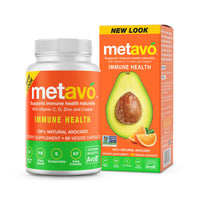
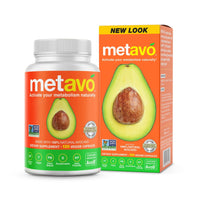

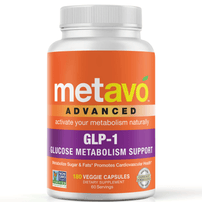
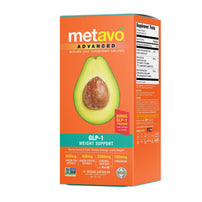
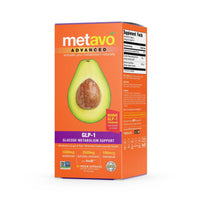
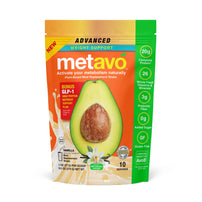
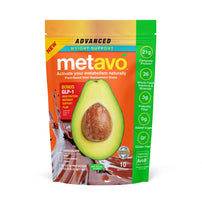


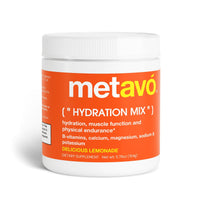

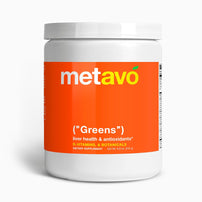

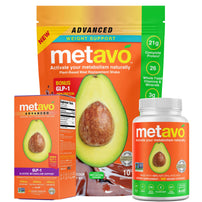
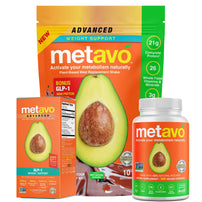
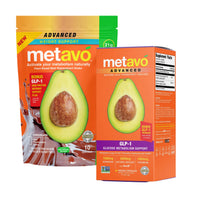
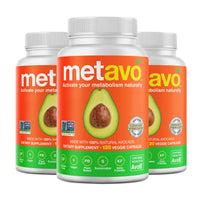





Leave a comment
This site is protected by hCaptcha and the hCaptcha Privacy Policy and Terms of Service apply.